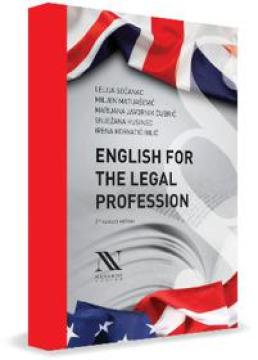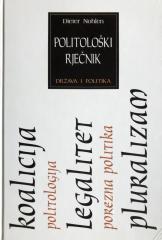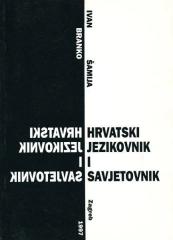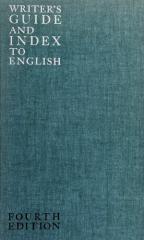
English for the Legal Profession
The textbook has been prepared to meet the chang¬ing needs of law students, taking into account their increasing language proficiency resulting from the spread of English as a global language and the great impact of new media.
The second edition has been revised to keep up to date with new developments in the legal systems under consideration involving changes of relevant terminology, and to provide additional information with respect to the first edition. Accordingly, the glossaries have been extended to include new legal terms.
The book consists of four modules, each corresponding to one semester: 1. Introduction to Law; 2. Anglo-American Legal Systems; 3. Branches of English Law; and 4. Introduction to International and Supranational Law. Each module consists of several units devoted to different related topics.
Each unit is divided into two (exceptionally, three) parts. The first part provides an introduction to a topic, while the second comprises an extract from an original legal text. In this way students can get acquainted with basic legal terms associated with a particular area of law, as well as with the structure and style of various legal text types, ranging from legislation, judicial decisions and international treaties, to private documents, scholarly articles and course descriptions.
The texts are accompanied by a range of different exercises enabling better compre¬hension of a topic and the appropriate use of legal terms. Students are strongly encouraged to take an active part in class by preparing presentations and taking part in discussions, which requires doing additional research on their own. Moreover, students are expected to draw parallels between the legal systems discussed in individual chapters and the Croatian legal system.
In order to provide guidelines for preparing student presentations and seminar papers, sections on presentation skills and academic writing have been included.
As supplements to facilitate understanding of English legal terms, a bilingual English-Croatian glossary of legal terms used in the book, and a monolingual English glossary explaining key legal concepts, have been included.
The textbook is primarily aimed at first and second year law students, but it can be used as teaching material for any course of legal English at the intermediate and advanced levels. It can also be useful as a reference book for legal practitioners and legal translators.
The authors of the book are members of the Department of Foreign Languages at the Faculty of Law, University of Zagreb.
One copy is available





